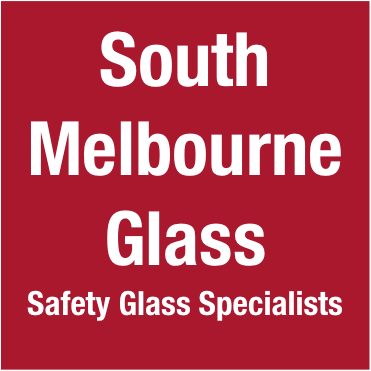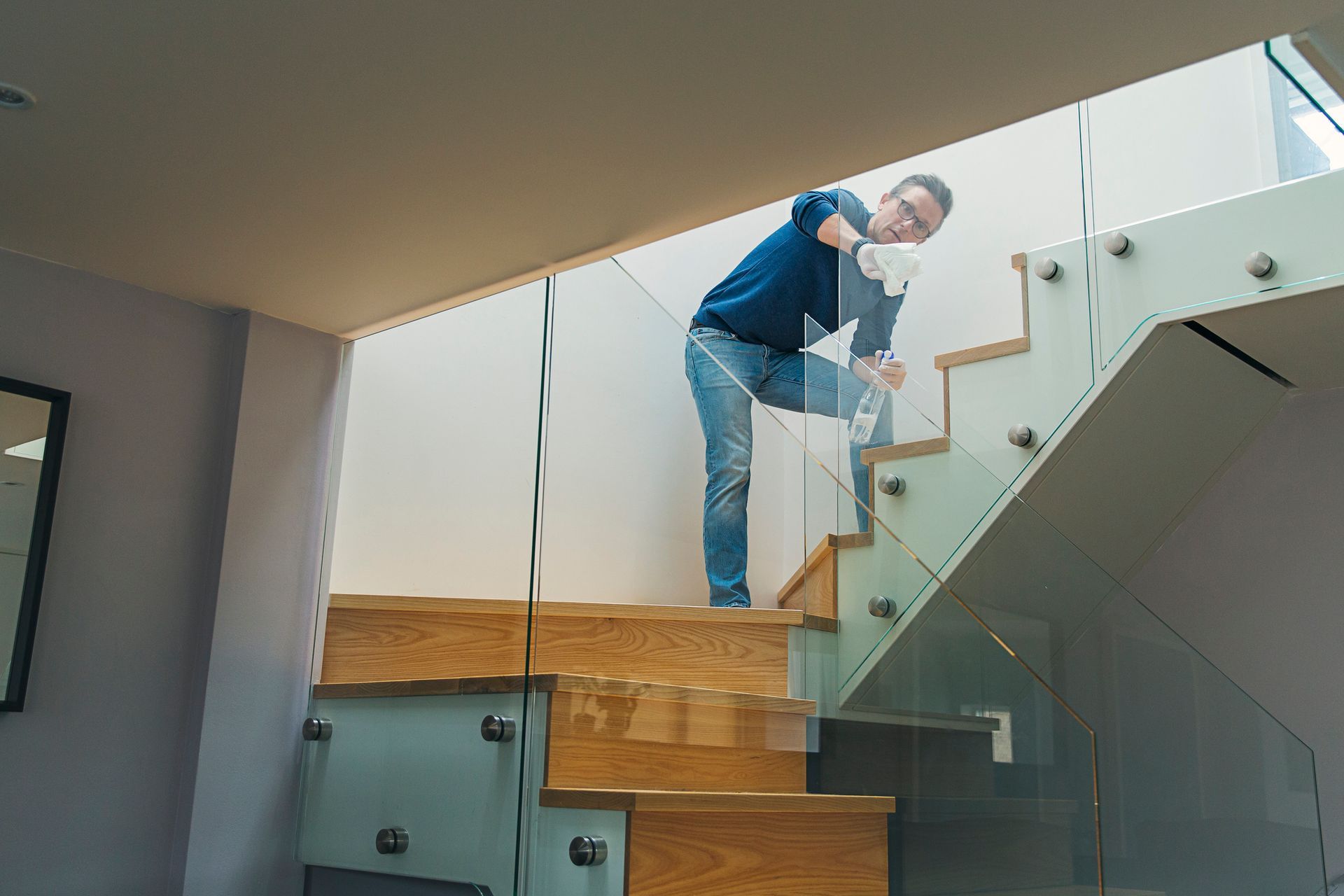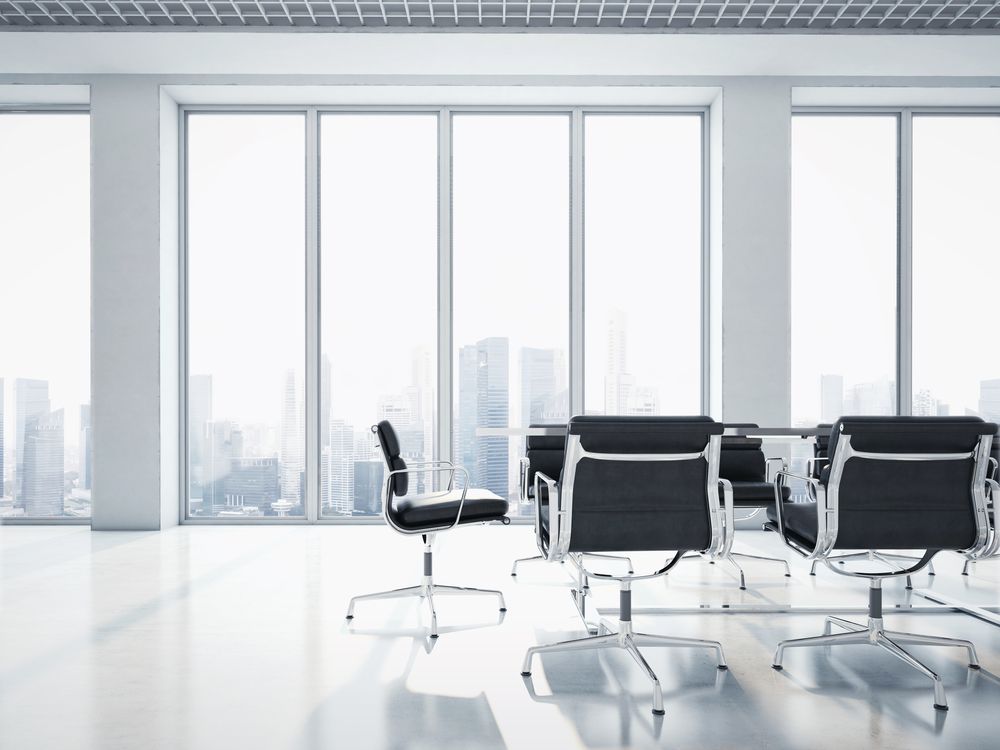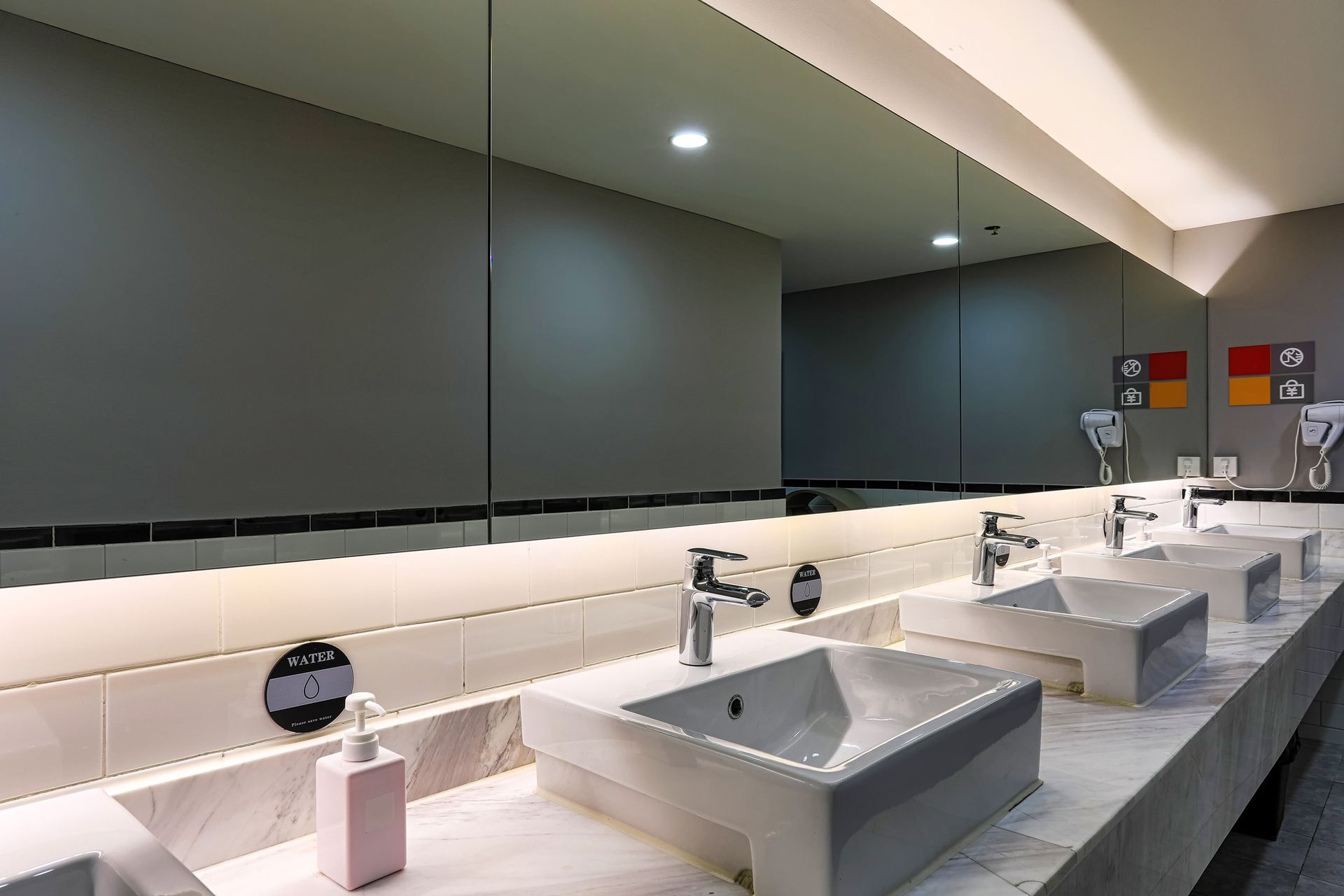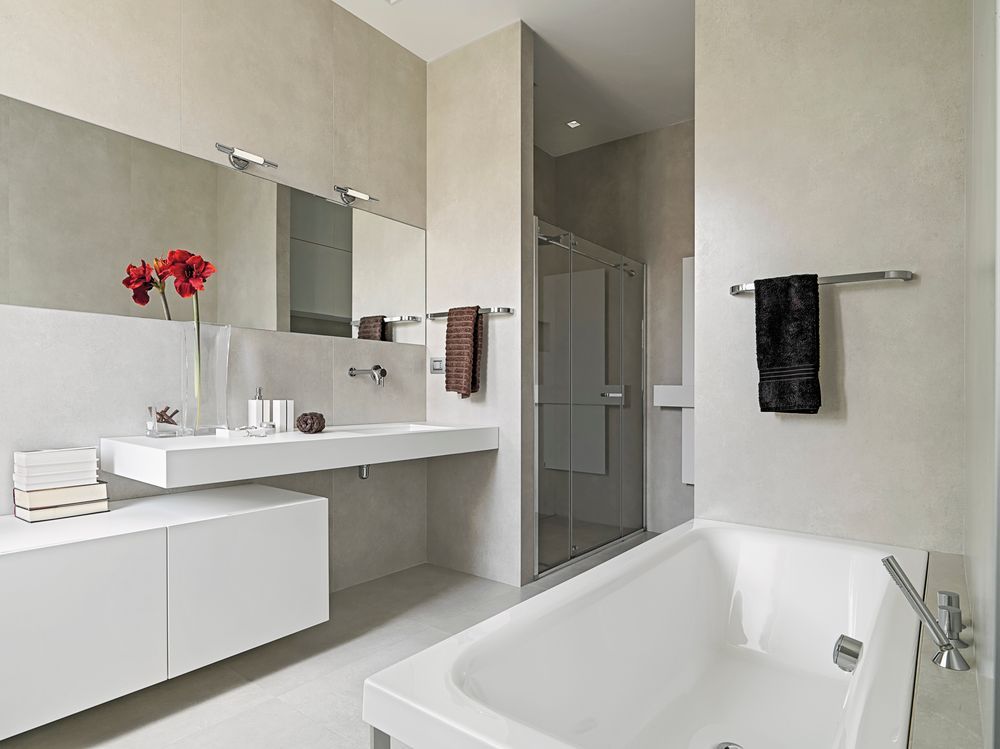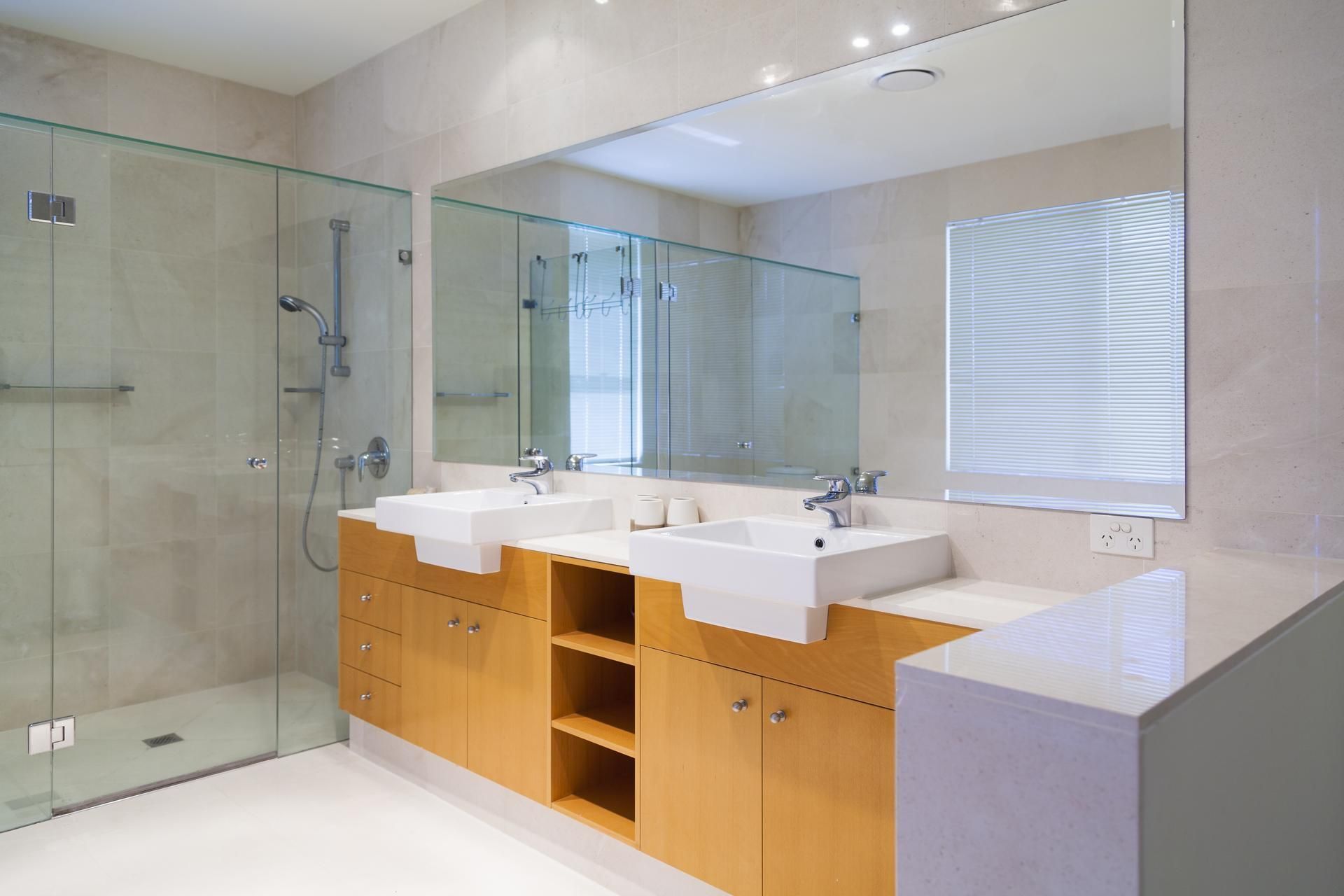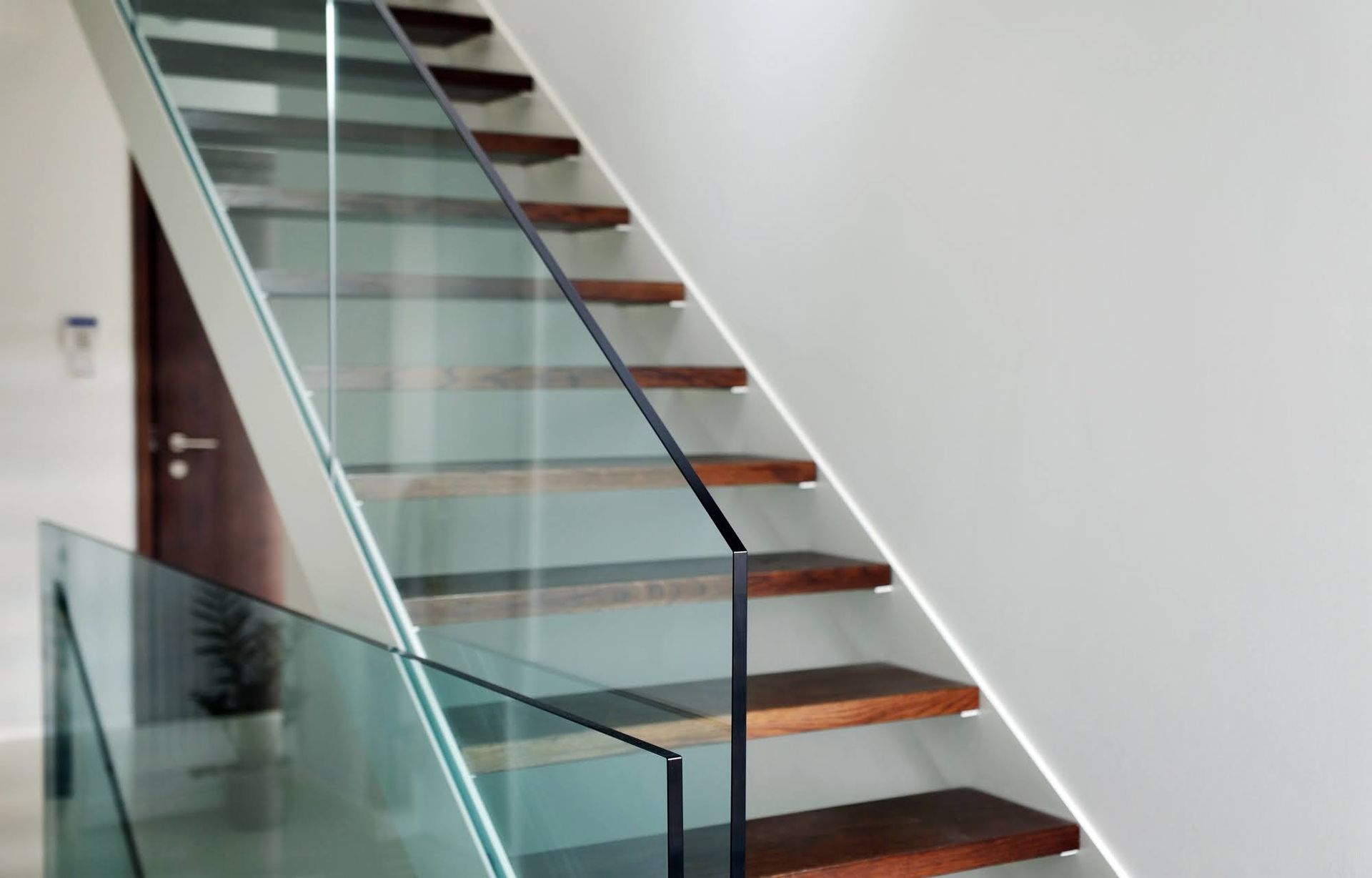3 Things To Consider When Looking at Glass Doors for Your Office
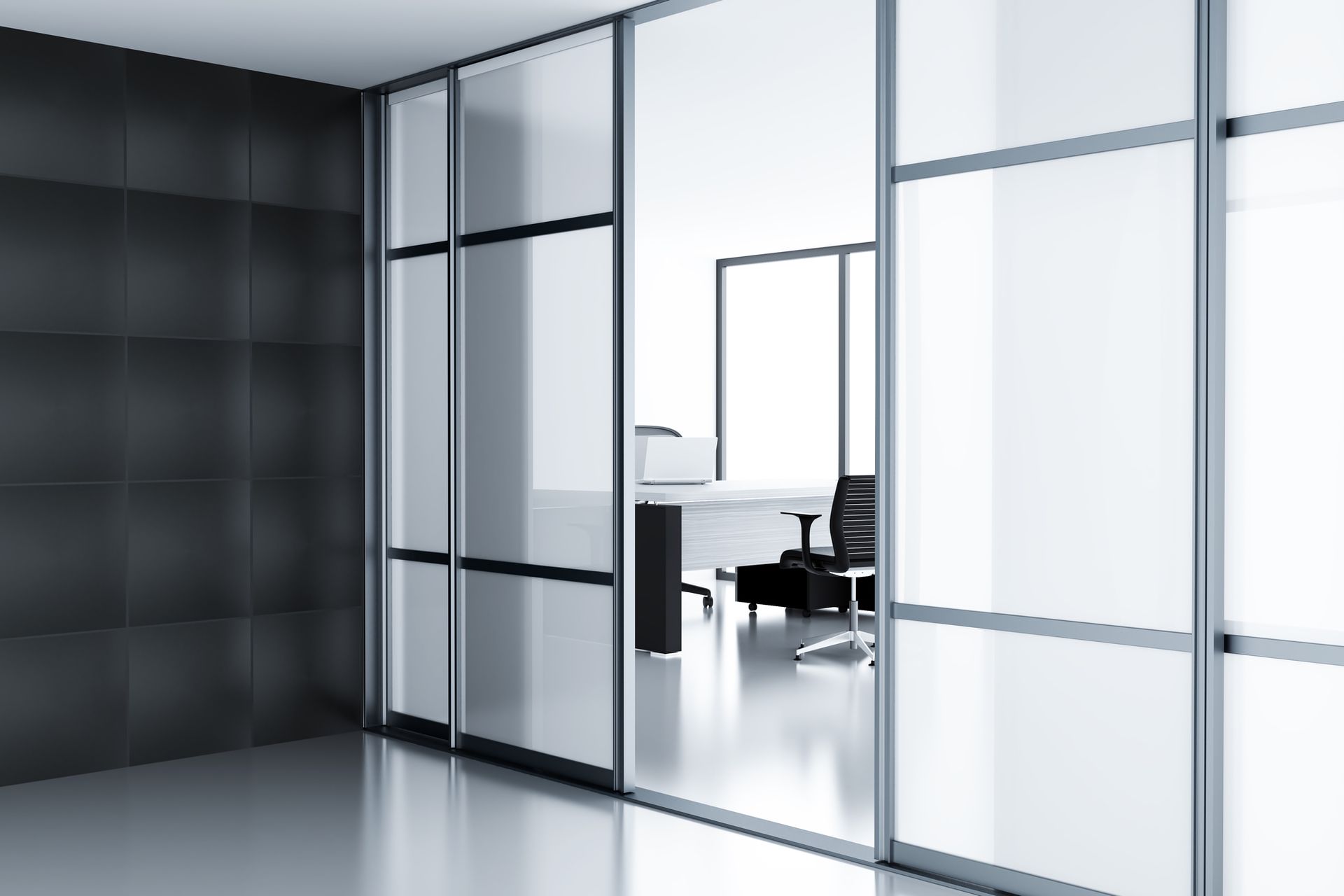
Natural light in the workplace reduces eye strain and headaches, while increasing energy and productivity. You can bring more natural light into the workplace by switching out existing interior and exterior doors for new glass versions.
1. Full vs. Panel Glass Doors
Glass doors come in a huge range of style options, so there is something for any building design. The first decision to be made is whether you want full glass doors, or if panel style doors are preferable.
Full glass can be frameless—which is more common for interior doors—or it may have a frame around the edge that is either part of the design or made to be nearly invisible. Typically there are handles or push pads on the door to minimise fingerprints, and these can add to the decorative options for the door. Full glass doors will need a glazing band across them to meet code requirements, as the door must be highly visible to everyone, even those with partial vision loss.
Panel doors are primarily made of wood or metal. They feature panel inserts of glass. These can range from fairly utilitarian styles with a window panel in the upper half of the door, to more decorative styles that have glass insets in a range of patterns and shapes.
Bottom Line:
Both options provide a beautiful and functional option for your office, so choose the one that matches the look of your building and will work well with the office culture. For example, rich wood doors with glass inset panels provide some privacy and give a formal look, while a business going for more modern styling and maximum openness may prefer full glass doors.
2. Glass Material Options
Safety should be the main goal when it comes to choosing a door, so picking the right type of glass is a must. There are three main options for doors—annealed, toughened, or laminated glass.
Annealed glass is the most cost-effective option. It provides good clarity for plenty of sunlight penetration, as well as superb strength when it comes to normal use. It can be broken though, which is a concern when using it for exterior doors that are more prone to hard usage.
Toughened and laminated glass are both similarly stronger than annealed glass, so these options both work well for interior and exterior doors. Toughened glass is the more expensive option, as it's a single sheet of super-strong glass. Laminated glass is two sheets of annealed glass that is laminated together, so it makes a durable and more cost-conscious alternative to toughened glass.
Bottom Line:
Although annealed glass is a cost effective and safe choice for interior doors, exterior doors require a bit more strength for both security and safety. For this reason, toughened or laminated glass is preferable for exterior-facing doors.
3. Privacy and Decorative Touches
Your office doors should provide more than just utilitarian function. The beauty and look of the door is also important. Fortunately, there are many ways to add decorative touches to glass.
Glass can be dyed in the manufacturing process, which will give it a tint of the colour of your choice. A benefit of dyed glass is you never have to worry about scratched tints or bubbling. An alternative is to have tinted films applied after the door is installed. These can be simple darkening privacy tints, coloured tints or those featuring a design.
Frosting is another decorative option that also provides privacy. One creative way to use frosting is to use stencilling with the frost to create designs or to put your logo on the glass doors.
Bottom Line:
There really is no limit to what can be done with glass doors. Whether you are looking for a bit of color, a frosted appearance, or simple privacy tint, there is a glass door option that will meet your needs.
Contact South Melbourne Glass to learn more about the options that are available for your office building.
